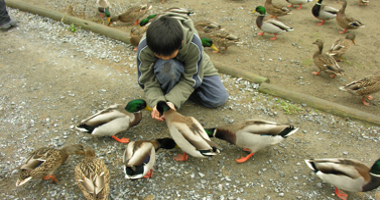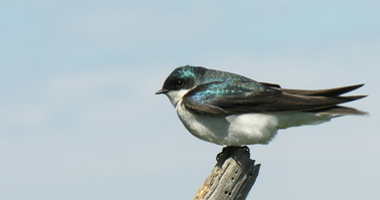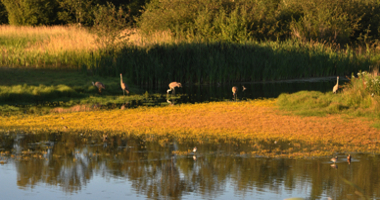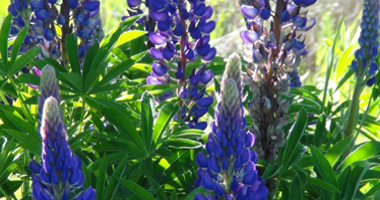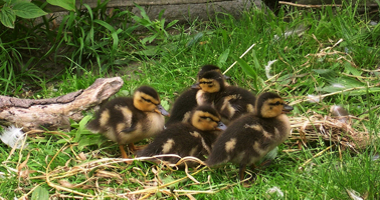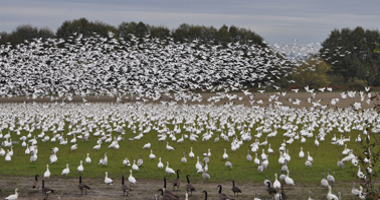Northern Saw-whet Owl

During the winter months, the small Northern Saw-whet Owl (Aegolius acadicus) is a favourite of Sanctuary visitors. Although there are a few sightings in October and November, this owl is usually regularly present between December and the end of March. Their numbers vary from year to year in response to their food supply. In the early 2013 for example, there were as many as ten seen on one day, then only a few in 2014, and a peak of nine in early 2015. In most years, there are between 3 and 5 present in late winter. (That we have found.)
Northern Saw-whet Owls hunt at night, then find dark sheltered spots to roost and sleep during the day. They prefer very specific branches in certain spots along Sanctuary trails as roosts. This is both good and bad, as it makes them easy to find, but they then tend to draw a lot of visitor attention and disturbance. They often roost under the low, drooping branches of our Douglas Fir trees, in Holly and Western Red-cedar trees, and sometimes in thickets of Blackberry or Hawthorne.
These owls are predators, and eat small birds and rodents such as the Townsend's Vole that they catch while hunting at night. If you are lucky, you may come across one with its prey still with it at the roost. They often catch a rodent early in the morning and do not eat the whole thing, sitting on a branch half-asleep with the rest of the body nearby. Sometime in the afternoon, they often wake up and eat the rest of their prey or may even regurgitate a "pellet" of fur and bones.
By late March, these small owls leave the Sanctuary for unknown destinations. The species is found across North America, but its migration patterns are not well understood, so we do not know for sure where our birds go when they leave here in spring. There are nest records for this species in the Okanagan Valley and the Olympic Peninsula in Washington State (USA). They may nest locally higher up in the coastal mountains. The Rocky Point Bird Observatory on Vancouver Island has banded thousands of Saw-whet Owls during fall migration studies, and there seem to be linkages from there all the way to north and central BC, but we do not have concrete information linking our own birds to any of these areas.
We have posted photos of this owl and other Sanctuary birds on Flickr.






